|
I recently finished an amazing liveaboard dive trip to the Similan Islands in Thailand. It was epic, with zero crowds (scuba tourism was down about 30-50% that year) and lots of astounding wildlife.
Including this incredible eel attack I witnessed during a night dive. I've occasionally heard people wonder, "What is the appeal of a night dive? It's dark, so you can't see very much -- and aren't all the fish asleep?" The appeal of a night dive is that you see tons of things you wouldn't see during the day, including: 1. Colors. Since you need a light to see, you see rich reds, oranges, and yellows at night that you wouldn't see during the day (because the sunlight gets absorbed at different rates -- the reds go first, the violets go last). 2. Animals that don't come out during the day -- including sea horses, octopuses, sharks, manta rays, and others, depending on where you are diving. 3. Animals that are skittish during the day sleep at night, so you can get a closer, longer view of them at night. 4. Nighttime behaviors. Some animals hunt by day. Others hunt by night. During night dives, I've seen countless boring white fish get swallowed whole by tarpons, which kind of look like small, shiny sharks. Another example of nighttime behaviors: eels are more active at night, so instead of seeing their little noses sticking out of holes in the coral: You can see them actually swimming, hunting, and swallowing prey. Which leads us to... The dramatic eel attack in the Similan Islands. This moray eel was pretty big -- probably wider around than my bicep, which is saying something (:P). The orange spined unicornfish didn't know what was coming. He tried to escape, fluttering fiercely and even trying to bite the eel in the eye, but alas! His time had come. Here is the photo series: 1. The orange spined unicornfish is hiding in a crevice as I take his photo. 2. Suddenly, a large eel explodes from behind me in the dark and attacks the fish. 3. The fish tries in vain to bite the eel. You can see the fish's blood in the water. 4. But there is no escape. 5. The pressure makes the fish's eyes pop as he is ripped from his hiding place. 6. The eel begins swimming away, fish in mouth. 7. Poor fishie. 8. The eel has to do some spatial reasoning, because the fish won't fit into the little nook in that orientation. 9. He thrashes the fish around until he is face-first in his mouth. 10. Moray eels have two sets of jaws -- the primary, oral jaws, and the pharyngeal jaws, which shoot up out of the eel's throat and drag the live prey down the throat. 11. The primary jaws open super wide, while the pharyngeal jaws pull the fish in. 12. Down the fish goes... 13. Until only the tail sticks out. 14. You'd almost never know the eel had just swallowed a fish whole. Way too crazy, right? So now you're probably wondering, "How do I get photos like that?" Well, as my Professor Albert Bandura used to say, "You make your own luck." The first thing you have to do is dive. A lot. I've been diving since the 1990s, and night diving since probably 2002, and this was one of the more dramatic acts of nature I've witnessed. Most of the time, most of what you see will be beautiful, and every dive will always be worth it... but you will only witness predation if you spend a lot of time underwater. The second thing you need to do is be prepared: have the right equipment and know how to use it. Using a strobe underwater is hard -- and fussing with it when you're still new to diving is a recipe to panic and disaster. Get comfortable underwater first. Then add a GoPro or other small, light, straightforward camera. You won't get amazingly high-quality photos like these, but you can begin photographing and filming underwater encounters without losing expensive equipment or causing yourself to panic, bolt, and die. (Seriously. Dive equipment doesn't malfunction. Task overloading probably causes, like, 80% of dive injuries.) Once you're totally comfortable with that, you can begin shopping for better equipment -- which, might I add, is worthless if you don't know how to use it. The setup used for these photos is an Olympus PEN E-PL3 Mirrorless Digital Camera, $295.
(There's a newer version of this available. It's the Olympus E-PL5 Mirrorless Digital Camera, also with 14-42mm Lens. $499.)
With the Olympus PT-EP05L Underwater Housing for PEN E-PL3, $401. And, importantly, a Sea and Sea YS-D2 Underwater Strobe Flash, $577. If you don't have great buoyancy control, though, I wouldn't recommend this. Learning to use the strobe takes some fiddling, and if you don't know what you're doing, you're going to end up at the surface wondering what happened.
Whatever strobe you go with, you definitely want one with manual settings. I never use the through-the-lens, or TTL, mode, which measures the intensity of light reflected from the scene through the lens. The strobe always messes up photos in TTL by over- or under-exposing them.
Now go get underwater! And if you haven't, try night diving! *** Want to know more? Check out:
0 Comments
Leave a Reply. |
About the Author

Eva is a content specialist with a passion for play, travel... and a little bit of girl power. Read more >
Want to support The Happy Talent? CLICK HERE!
Or Find me on Patreon!
What's Popular on The Happy Talent:
Trending in Dating and Relationships:
What's Popular in Science: Playfulness and Leisure Skills:
Popular in Psychology and Social Skills:
Categories
All
|
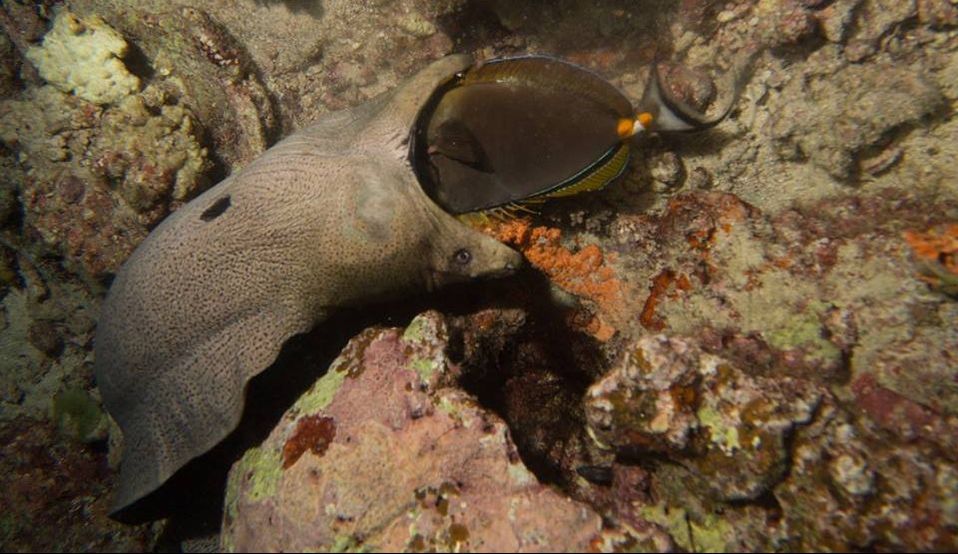

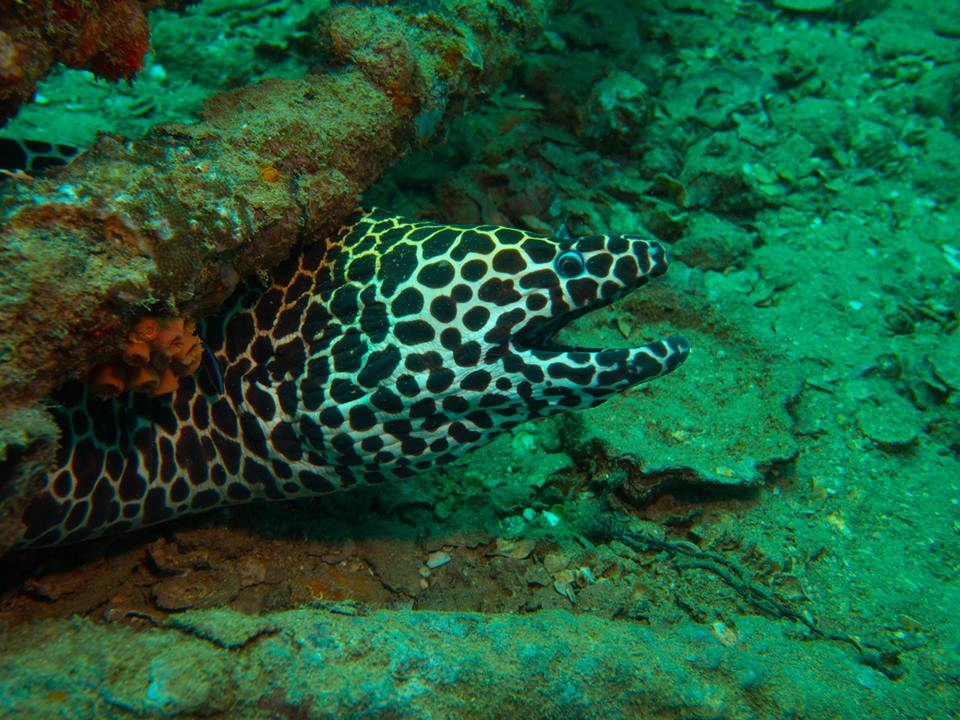




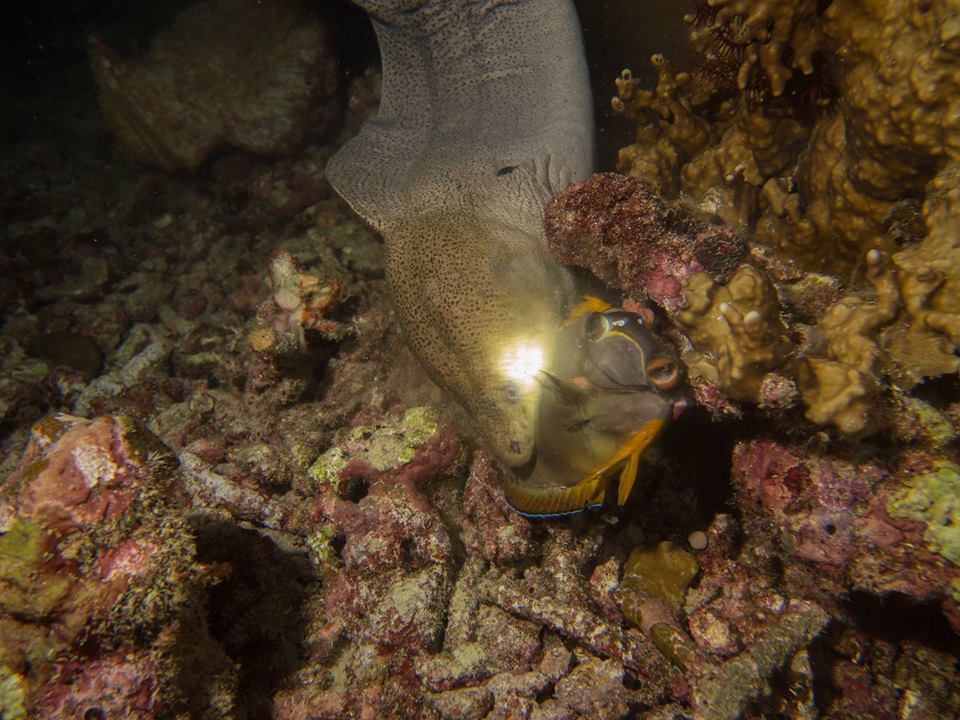
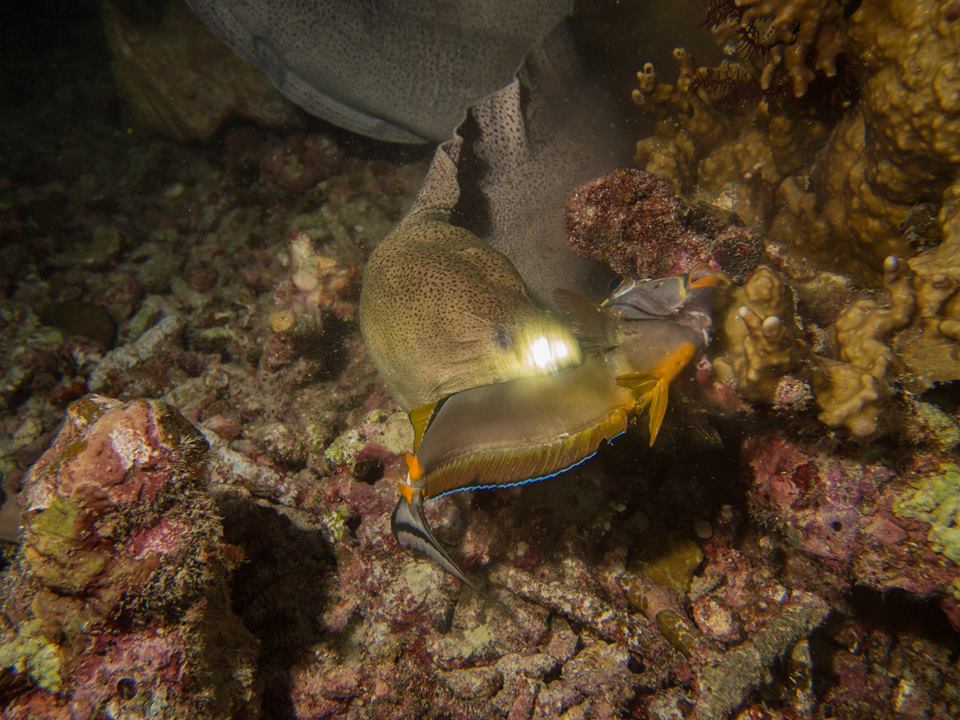


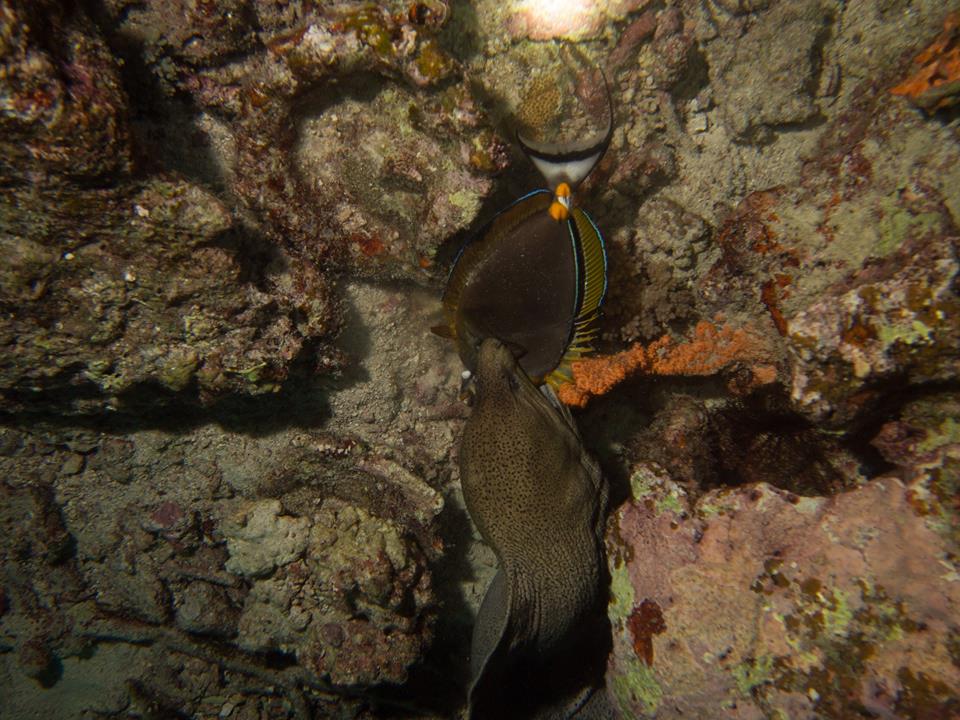
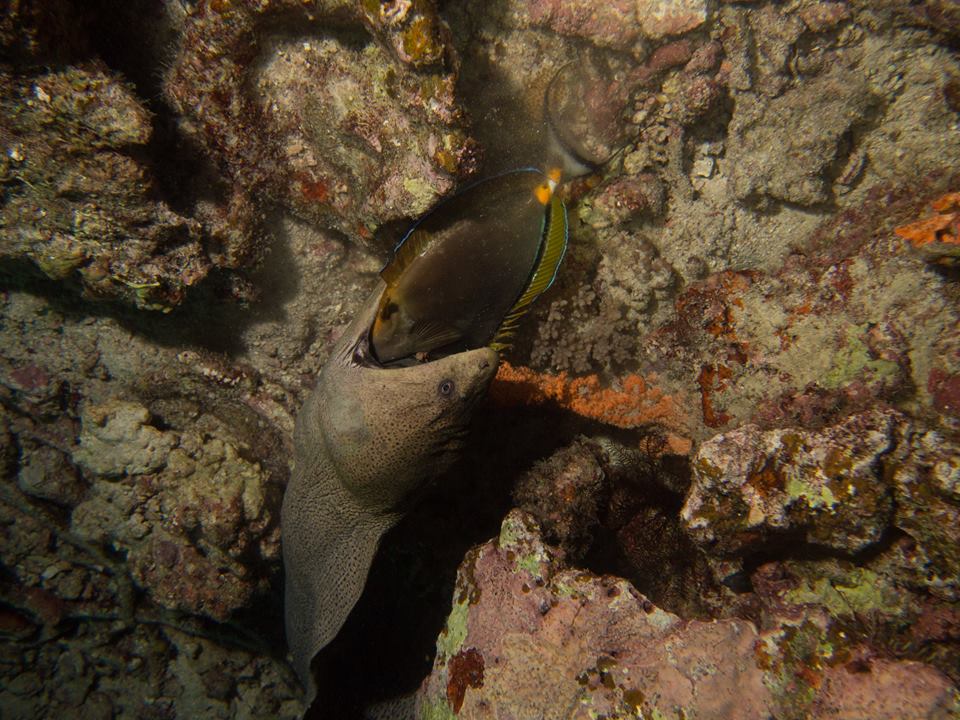

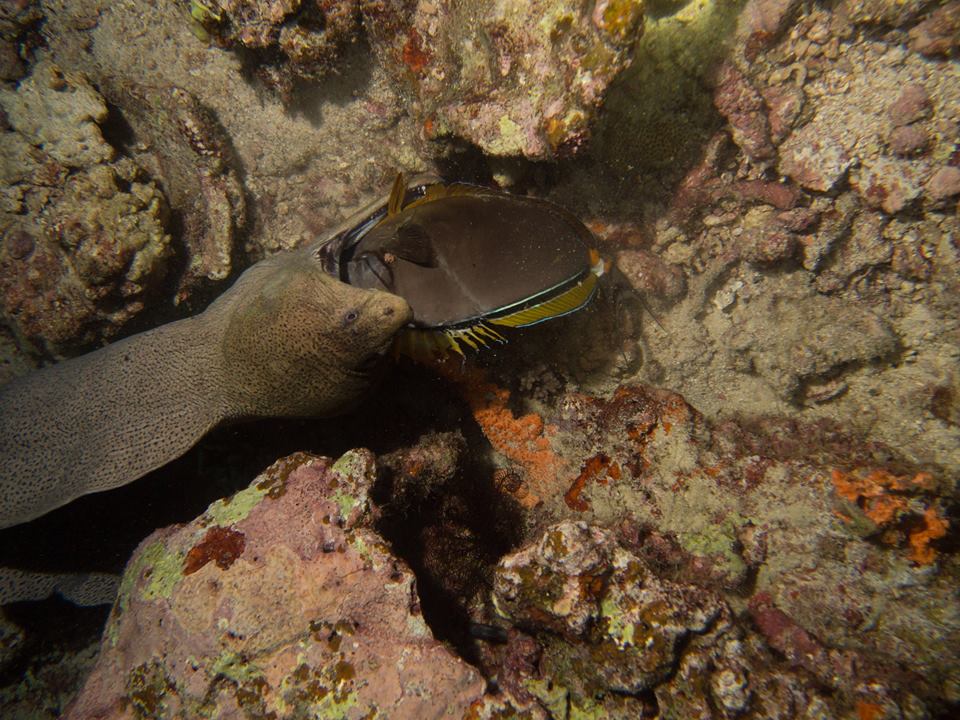
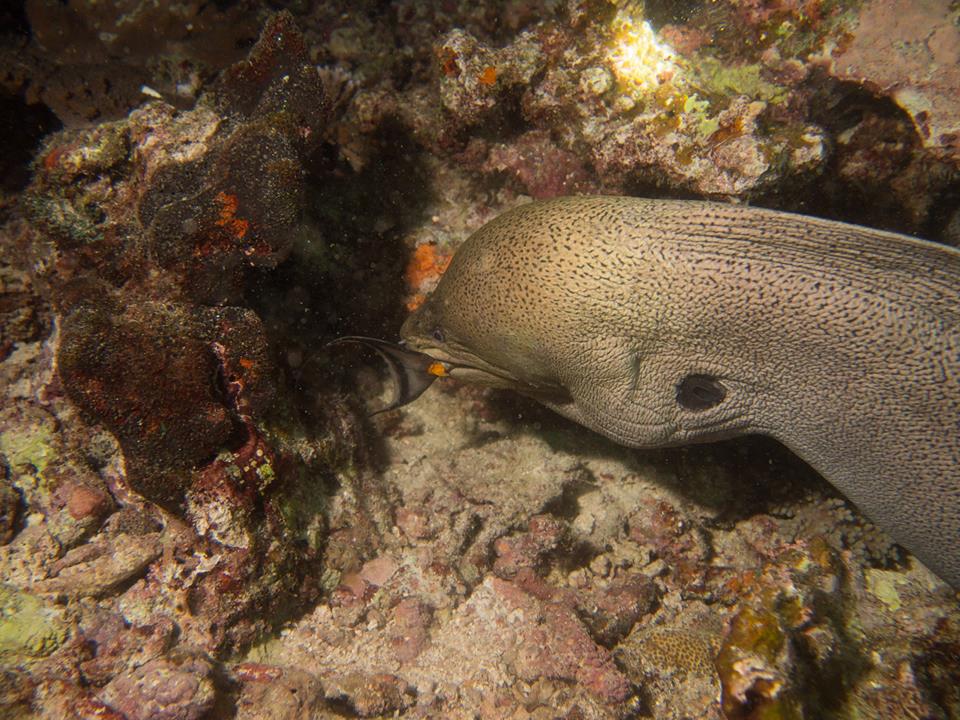
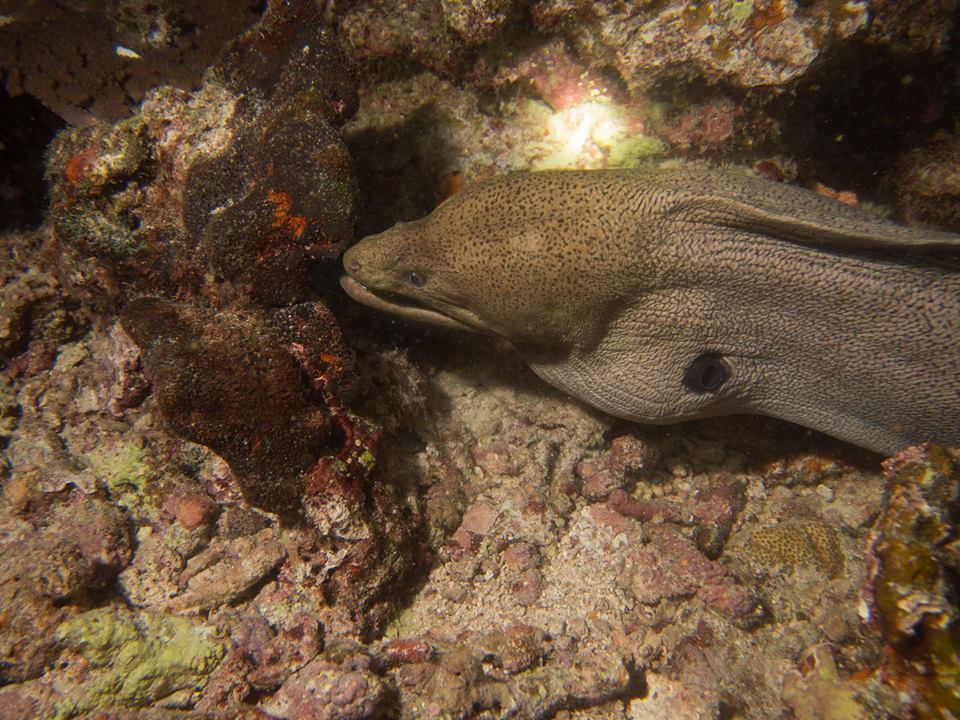




























 RSS Feed
RSS Feed